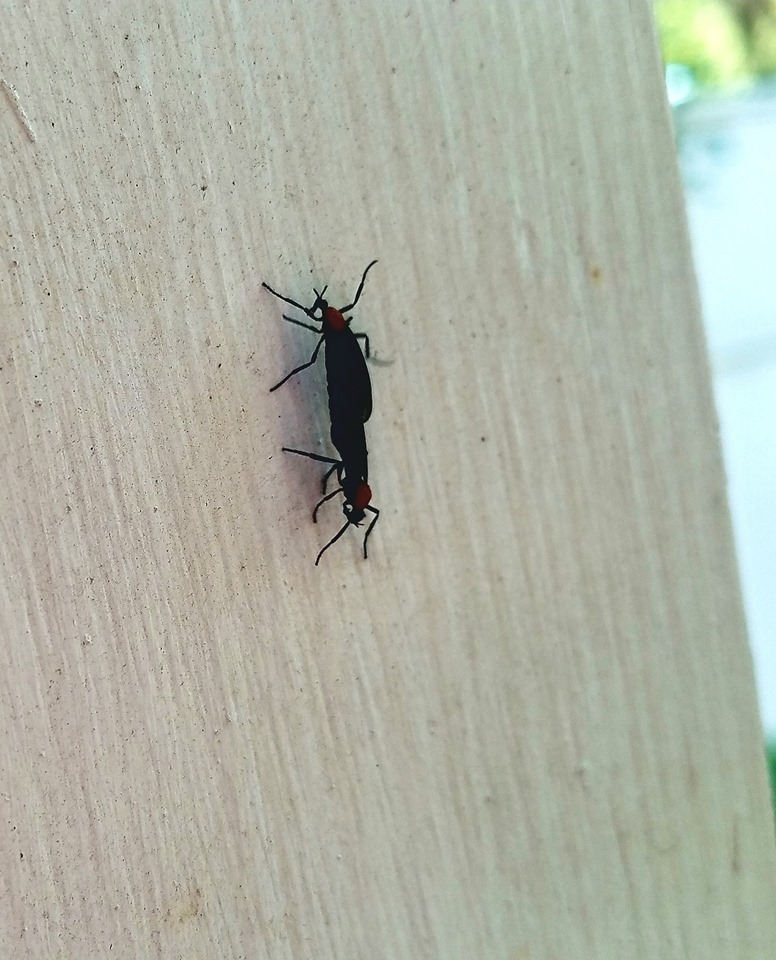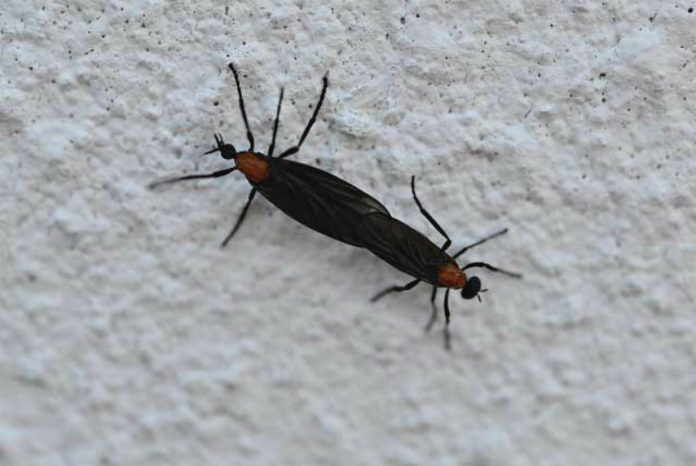It’s late spring in the Lowcountry and love is in the air. You’ve undoubtedly noticed when you got into your car over the past couple of days, our local love bug season is now in full gear.
Twice each year, they emerge and mate en mass during two short cycles lasting just a few weeks or so. Love bugs are small, black flies about a half-inch long with a red dot near the head. Here in the South, you usually see them in spring and fall. Overnight, they emerge by the millions with one thing on their buggy little minds.
And, while they’re too busy mating and not paying attention, the lovestruck insects swarm around roadsides drifting into the path of oncoming traffic. You know the drill, you end up with bug-coated windshields, grills and bumpers. Heck, most travelers just passing through the area will only ever see love bugs as splatters on their windshields and hoods.
Also known as the honeymoon fly or double-headed bug, during and after mating adult pairs remain coupled for up to several days. During their romantic rendezvous, the male lovebug attaches to the female and stays connected during flight. Their mating process could take up to 12 hours, followed by the female dying less than four days after laying between 100 and 350 eggs.
Sometimes love bug season in Beaufort can be really bad. But their population has diminished — quite significantly, and scientists aren’t completely sure why.

Love bugs are not a native species to North America and they originated in South America, but gradually migrated north. Contrary to rumors, they weren’t genetically modified and then released by scientists as a way to rid Florida of mosquitoes — they don’t even eat mosquitoes. Some believe that shipments between South America and North America in the 1940s helped transport the species to Texas. From there, they migrated east and have been found as far northeast as North Carolina.
They do not sting or bite and are not known to carry any diseases, so they’re essentially nothing but a big nuisance.
They don’t hurt humans, they don’t eat anything and they don’t really do any harm whatsoever.
They just have sex and die.
Usually on our cars, twice a year.
Lowcountry life.










